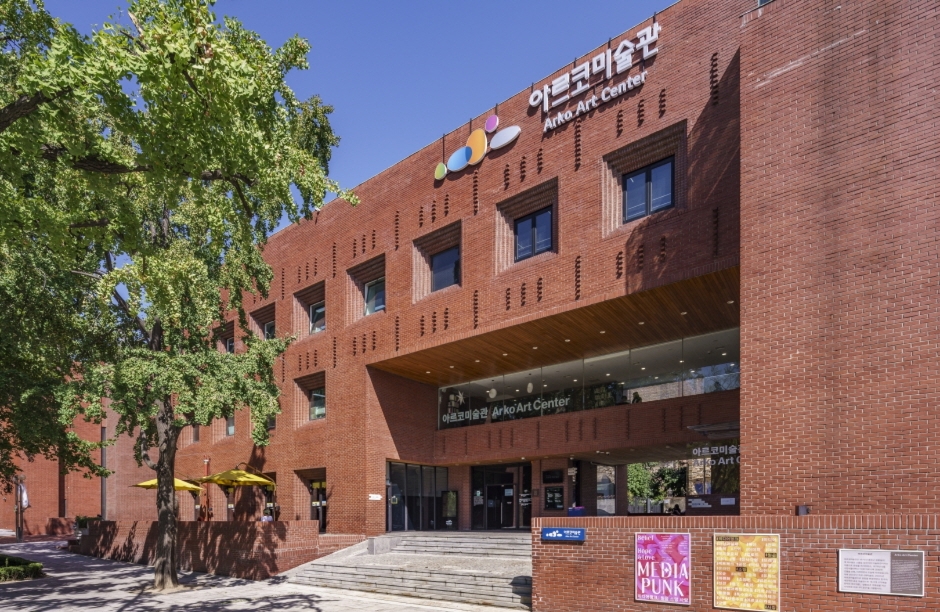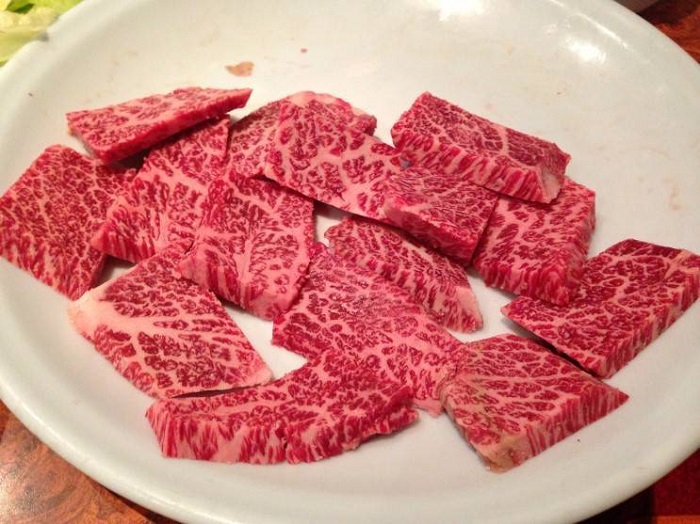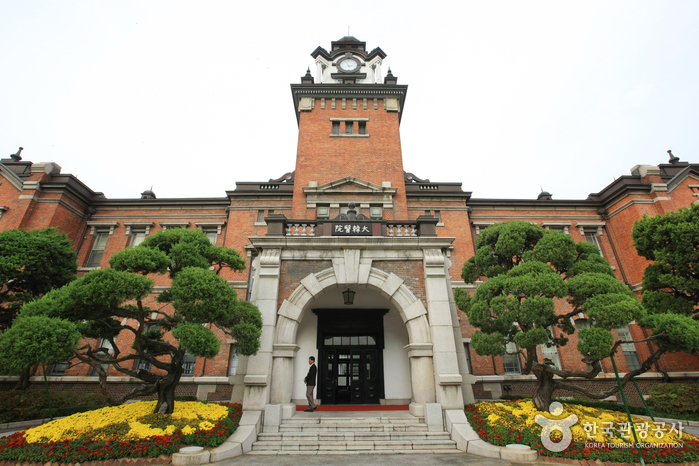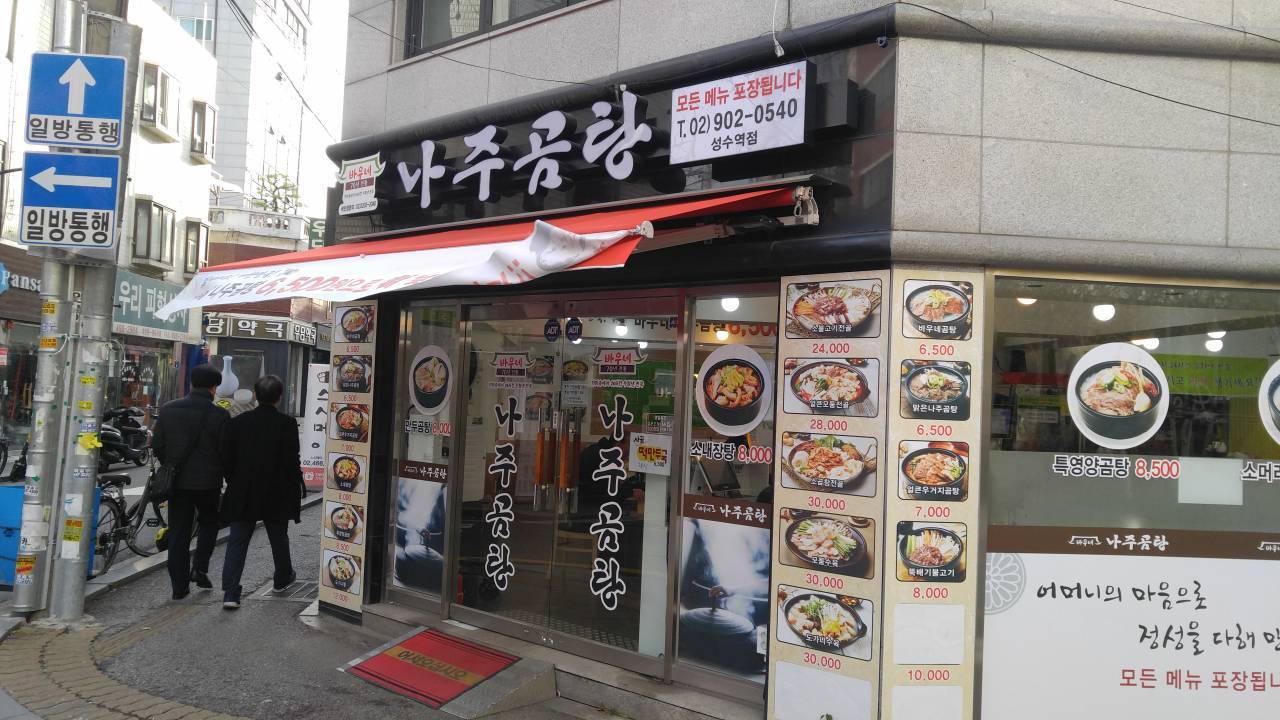Seoul National Cemetery (국립서울현충원)
4.7Km 2024-03-07
210, Hyeonchung-ro, Dongjak-gu, Seoul
+82-2-813-9625
Seoul National Cemetery is a national cemetery for individuals who worked or fought for Korea and sacrificed their lives. It encompasses those who fought for Korea's independence from the late 19th century to the early 20th century, those who perished in the Korean War (1950-1953), and former presidents, totaling over 165,000 individuals. There are exhibition halls and parks with related artifacts. Shuttle buses are provided for the convenience of visitors.
ARKO Art Center (아르코미술관)
4.7Km 2025-06-05
3, Dongsung-gil, Jongno-gu, Seoul
+82-2-760-4850
ARKO Art Center was founded in 1974 as Misulhoegwan in a building of former Deoksu Hospital in Gwanhun-dong, Jongno-gu to offer much-needed exhibition space for artists and arts groups. In 1979, Misulhoegwan moved to its present building, designed by preeminent Korean architect Kim Swoo-geun (1931-1986) and located in Marronnier Park, the former site of Seoul National University. The two neighboring brick buildings accommodating ARKO Art Center and ARKO Arts Theater are the major landmarks of the district of Daehakro.
As more public and private museums and commercial galleries came into the art scene in the 1990s, Misulhoegwan shifted to curating and presenting its own exhibitions. Renamed as Marronnier Art Center in 2002, ARKO Art Center assumed a full-fledged art museum system and played an increasingly prominent role as a public arts organization leading the contemporary art paradigm. When The Korea Culture and Arts Foundation was reborn as Arts Council Korea, Marronnier Art Center became ARKO Art Center named after the abbreviation for Arts Council Korea in 2005.
ARKO Art Center is committed to working as a platform where research, production, exhibitions and the exchange of creative activities grow and develop in connection with one another in addition to having a diversity of programs including thematic exhibitions addressing social agenda and public programs widely promoting various discourses in art.
Saebyeokjip Cheongdam (새벽집 청담)
4.7Km 2021-03-24
6, Dosan-daero, 101-gil, Gangnam-gu, Seoul
+82-2-546-5739
This house is open 24 hours. This Korean dishes restaurant is located in Gangnam-gu, Seoul. The representative menu is beef tartare bibimbap.
Lunette Eyewear - Mapo Branch [Tax Refund Shop] (루네뜨안경 마포)
4.7Km 2024-04-17
1F, 24, Dohwa-gil, Mapo-gu, Seoul
-
Gyeonghuigung Palace (경희궁)
4.7Km 2024-07-09
45 Saemunan-ro, Jongno-gu, Seoul
+82-2-724-0274
Gyeonghuigung Palace, a designated Historic Site, was originally called the large palace by Saemun Gate, or the Western Palace, for its location within the city. It was not until the eighth year of Gwanghaegun (1616) that the palace was used as a royal residence for the king, changing the name to Gyeongdeokgung Palace. The name later changed again to the current Gyeonghuigung Palace in 1760. The palace grounds included many halls but they were mostly all burned down in a fire in 1829. After the Japanese occupation began, all remaining buildings on the site were torn down and the palace grounds were turned into Gyeongseong Middle School (now Seoul High School). The school moved to Gangnam area in 1987, afterwhich the previous location was turned into a park. The palace grounds currently hold Seoul Museum of Art and walking paths, as well as a restoration of Heunghwamun Gate, the main gate of the palace, and Sungjeongjeon Hall, the main hall, completed in November 1994.
Seoul Daehan Hospital (서울 대한의원)
4.7Km 2021-12-23
101, Daehak-ro, Jongno-gu, Seoul
+82-2-2148-1842
Daehanuiwon (Daehan Medical Center) is an antique two-story brick building within the grounds of Seoul National University Hospital. It was established under the direct administration of the Uijeongbu (State Council), combining the Gwangjewon (under the Home Ministry), Gyeongseong Medical School and the Korean Red Cross Hospital (under the Royal Household).
Built in the Madubong Hill area, this location where Hamchunwon, the outer garden of Changgyeonggung Palace, once stood in 1484 (15th year of King Seongjong), was also once the site of Gyeongmogung Palace, where King Jeongjo enshrined the mortuary tablet of his birth father Crown Prince Sado Seja in 1776 (the year King Jeongjo ascended to the throne).
These places that held importance for the royal family were destroyed as the Japanese built Gyeongseong Empire University in its place. In 1907, with the announcement of the plan to establish Daehan Medical Center, construction began on the main building, seven wards and affiliated buildings. Construction was completed in November 1908.
The Daehan Medical Center opened in Gwangjewon, but upon Japanese colonization in 1910, its name was changed to the Japanese Viceroyalty Hospital. In 1926, it was included as a part of Gyeongseongjeguk University to become a university hospital. Since the liberation of Korea in 1945, it has been a hospital affiliated with Seoul National University.
Baune Najugomtang(바우네나주곰탕)
4.7Km 2020-10-30
7-1, Yeonmujang, 7-gil, Seongdong-gu, Seoul
+82-2-902-0540
A restaurant where it's OK to eat alone. The representative menu is beef bone soup. This is a Korean cuisine located in Seongsu-dong, Seoul.
Haru&Oneday (하루앤원데이)
4.7Km 2024-10-18
92, Achasan-ro, Seongdong-gu, Seoul
SUPER JUNIOR Donghae
This is a cafe run by SUPER JUNIOR’s Donghae, and inside the cafe, photos taken by Donghae himself are displayed. It is decorated in a quiet and cozy manner with a modern atmosphere, and the photo zone for taking mirror shots is considered a specialty. Milk tea made at the store is popular. Desserts and drinks are delicious, but there are tables with plugged-in outlets, so it has become known as a good cafe for working or studying on a laptop.
Café Grandpa Factory (카페 할아버지공장)
4.8Km 2024-11-07
9 Seongsui-ro 7ga-gil, Seongdong-gu, Seoul
◎ Travel information to meet Hallyu’s charm - "Vincenzo"
It is a coffee shop in the former factory building. It doesn't look that big from the outside, but when you step inside, the high ceilings and wide space give you an unexpected charm. With a total of three floors, each floor is decorated in a different atmosphere with plants and paintings, so you can get various SNS proof shots. The place where Vincenzo (Song Joongki) and Hong Chayoung (Jeon Yeobeen) drank Espresso and Iced Americano was the outdoor terrace on the first floor, and the terrace on the third floor can be seen at a glance.

![Tune [Tax Refund Shop] (튠)](http://tong.visitkorea.or.kr/cms/resource/14/3313814_image2_1.jpg)


![Lunette Eyewear - Mapo Branch [Tax Refund Shop] (루네뜨안경 마포)](http://tong.visitkorea.or.kr/cms/resource/84/2878384_image2_1.jpg)



 English
English
 한국어
한국어 日本語
日本語 中文(简体)
中文(简体) Deutsch
Deutsch Français
Français Español
Español Русский
Русский